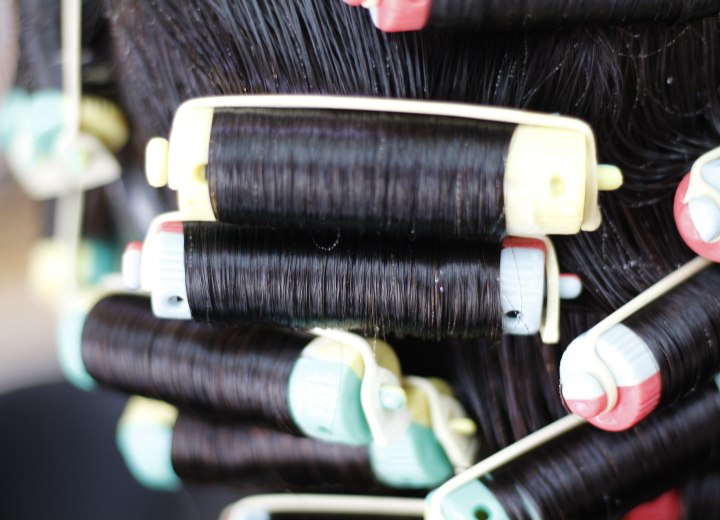Perming Hair After Chemotherapy

A: Since your hair and scalp have been through significant stress due to chemotherapy and radiation, it’s important to proceed with caution. The first and most crucial step is to consult your oncologist before attempting any chemical treatments. They can provide personalized medical advice based on your treatment history and overall recovery. Your doctor may also share insights from other patients who have undergone similar experiences, helping you understand what to expect.
On the cosmetic side, if your doctor approves, there are several precautions you should take before proceeding with a home perm. First, perform both a strand test and a patch test to check how your hair and scalp react to the perm solution and neutralizer. The strand test will help determine whether your hair can hold a curl without excessive breakage, while the patch test will reveal any allergic reactions or irritation on your scalp. These tests are especially important because cancer treatments can sometimes increase sensitivity to chemicals. Detailed instructions for these tests are typically included with the perm kit, so be sure to follow them carefully.
When selecting a perm formula, opt for one specifically designed for fine, delicate, or chemically treated hair. These formulas are typically milder and less likely to cause damage. Avoid strong or traditional perms, as they may be too harsh for your hair’s current condition. Additionally, consider using a low-heat or cold perm method, as excessive heat can further weaken fragile hair.
If this process seems overwhelming or risky, you may want to seek professional assistance. A skilled stylist with experience working with post-chemo hair can assess your hair’s condition and apply the perm safely. You might also consider reaching out to Look Good, Feel Better, a nonprofit organization that partners with licensed cosmetologists to provide beauty and hair care services for cancer patients. Their specialists are trained in safe, gentle techniques to help individuals regain confidence in their appearance after treatment.
Ultimately, while a home perm is possible, taking these extra precautions - or opting for professional help - can help ensure the best results while minimizing potential damage.
©Hairfinder.com
See also:
Can having radiation prevent your hair from accepting curl?
Can medication or anesthetics cause a perm to drop out?